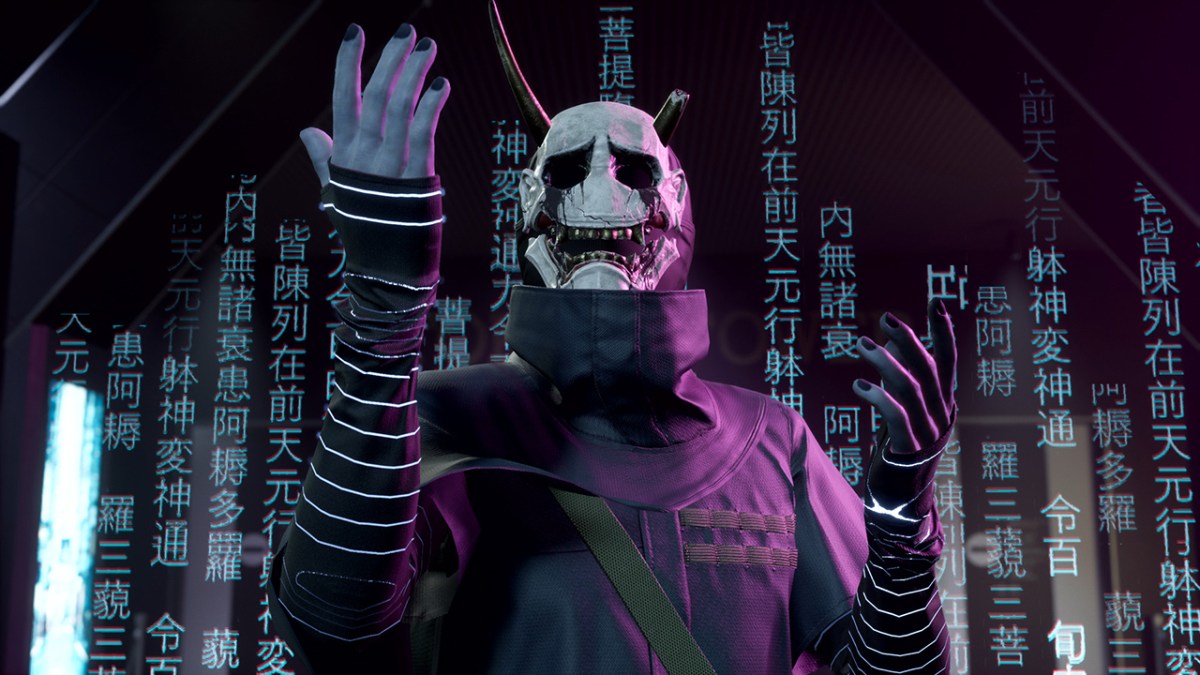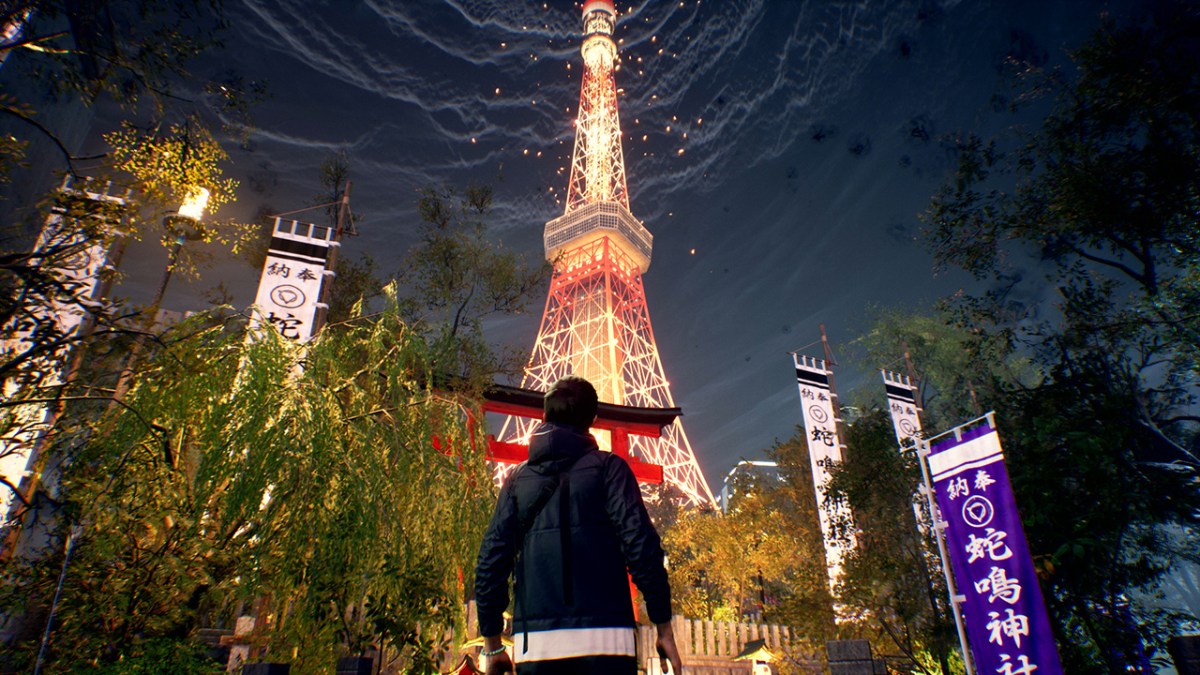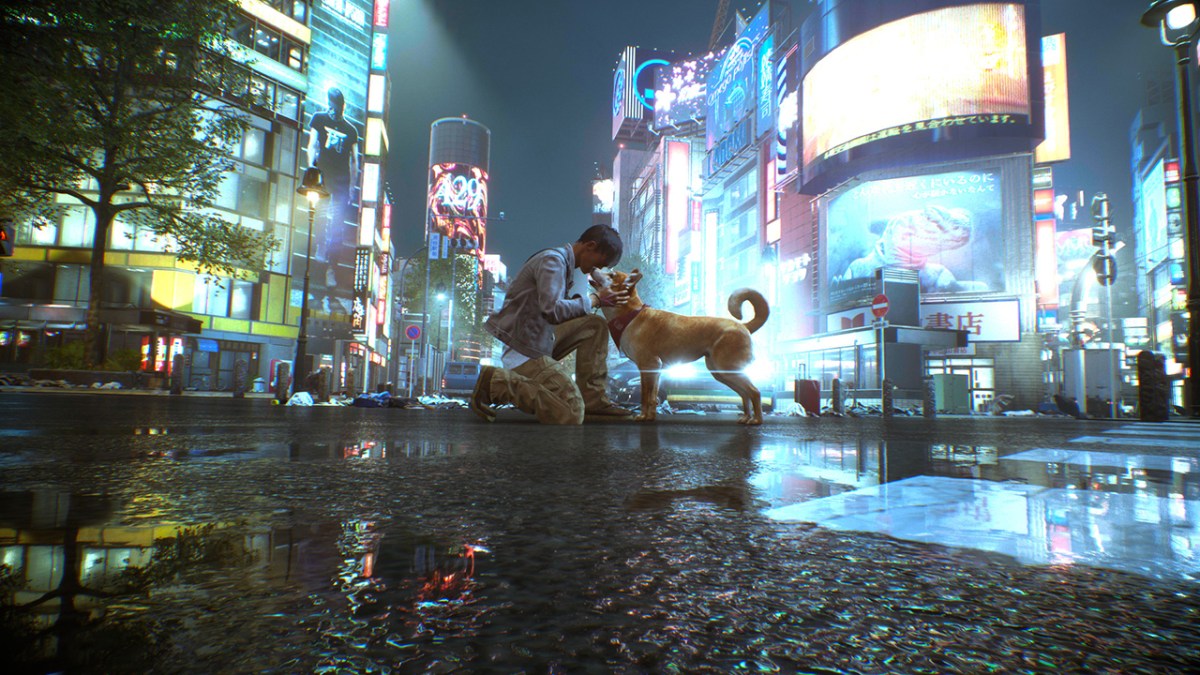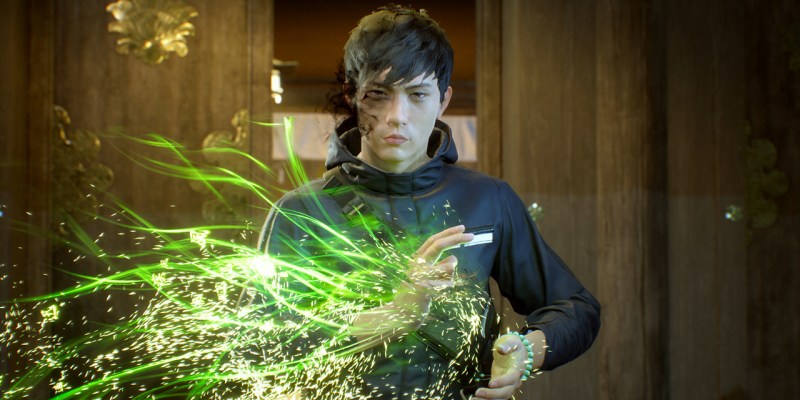It appears that Hi-Fi Rush has done more for Tango Gameworks’ popularity in the mainstream conversation than its two Evil Within games, and I’d say it has to do with being a way friendlier game. Mind you, its previous efforts were perfectly accessible, but more people are willing to jump into a cartoony action-adventure title versus a haunting survival horror romp. I’m not here to talk about either of them though — you can read my thoughts about Hi-Fi Rush’s biggest strength elsewhere. Instead, I’d like to circle back to Ghostwire: Tokyo, one of 2022’s most overlooked AAA releases.
Like Arkane Studios’ Deathloop, Tango Gameworks’ offbeat visit to a haunted version of Tokyo was kneecapped from the get-go in being a PlayStation 5 console exclusive. Of course, you could play it on a PC beefy enough, but I suspect we missed out on a nice conversation about those two third-party games only because they didn’t get a normal multiplatform release.

Hopefully, Ghostwire will get a second discourse chance (the monkey’s paw curls) as it drops on Game Pass and Xbox today. I highly doubt this was the exact game Shinji Mikami and his studio wanted to put out — it feels market-tested to hell and back — but it’s a unique ride nonetheless. Extra points for not overstaying its welcome.
I must admit I took my sweet time to get around to inserting the disc into my PS5, but once I did, I was hooked until the credits rolled — which isn’t a lot of time, but more than enough to make me happy with the discounted purchase. I can only see the experience landing much better if you go into Ghostwire by simply paying for a Game Pass sub.
If you’ve been out of the loop, let me summarize what Ghostwire: Tokyo is all about better than Bethesda ever did: A mysterious but benevolent spirit possesses average boy Akito right as fog covers Tokyo and turns all humans into spirits that are immediately sealed away by a man in a Hannya mask and evil entities. To make matters worse and more stressful, Akito needs to check on his sister, Mari, who’s in a coma at the local hospital.

Of course, the malevolent Hannya takes his sister away for a ritual that could threaten the entirety of the mortal realm too. That’s bad news, so KK (the helpful spirit) and Akito team up to save the day, all while using cool magic-based combat that Doctor Strange would probably laugh at.
You might remember internet-favorite developer Ikumi Nakamura, the game’s original creative director, introducing Ghostwire for the first time ever as a spooky action game that promised to go wild with Japanese folklore and mix Tango’s penchant for horror with stylish combat. She resigned months later, and the next batch of previews made a lot of people wonder whether she had left because Bethesda dictated a shift towards action adventure presented inside a neat, by-the-numbers open-world package.
It’s not a far-fetched theory, as the first hour alone says, “Yeah, this is Far Cry but shooting at evil spirits,” and that’s quite far from what we were told about the game originally. But you know what? I was perfectly fine with it, mainly because the atmosphere is top-notch and nearly as thick as the fog blocking entire areas of the expansive map.

The story ain’t too shabby either. While its early beats are a bit plain and confusing, the relationship between KK and Akito quickly becomes special as they gradually become a magic-blazing detective duo that can only rely on themselves and the information left behind by allies. It’s a really solitary adventure that feels enhanced by the eerie but shiny atmosphere of a rain-drenched Tokyo night devoid of humans. Its final hour or so also hits kind of hard, and I’m sure it must be a tough one for anyone who lost a close friend or relative recently.
The entire thing works, but you’re constantly reminded it could’ve been so much more had they allowed it to blossom into the nightmarish adventure it desperately wants to be. Some enemy encounters might feel overwhelming, and stealth is encouraged at times. But the headless kid spirits and Slenderman-looking office guys are never scary or unnerving. As deep as Ghostwire: Tokyo goes into its depiction of Japan and its otherworldly side, the horror elements feel dreadfully shallow.
Its boss fights, which at least break up the pace, might be the biggest indication of what the original intentions were; the character designs are horrifying and distinctive, yet the encounters barely play up the fright factor. Instead, you’re just shooting arrows and elemental spells at big ugly monsters that take longer to defeat.

The Far Cry influence also extends to its open world, which is littered with secondary quests and collectibles. The good news is that most of those missions range from quick diversions that have fun with the folklore to genuinely engrossing little tales, so going wild with them is recommended if you’re really enjoying the atmosphere and overall vibes. But yeah, the prospect of cleaning entire districts looked scarier to me than any enemy encounter in the game. You’ll know why when you take a proper look. However, I strongly recommend petting all the good doggos.
This game is short though, and that’s because the story campaign can be easily beaten in under 10 hours; there aren’t any annoying roadblocks or grinding requirements, which felt like a godsend amidst countless open-world games that seem to actively hate folks who just want to play through the story and little else. Hi-Fi Rush also felt breezy, but it’s a linear game. In the case of Ghostwire: Tokyo, it’s a bit of a surprise that makes the gap between its core and the surrounding elements even more evident.
To me, Ghostwire: Tokyo is living (undead?) proof that a largely misguided game can be saved by killer aesthetics, an unusual setting, and plenty of soul. In fact, I wouldn’t mind returning to its desolated version of Tokyo sooner rather than later, whereas I’m a hundred percent done with objectively better games that maybe threw a bit too much content at me.
